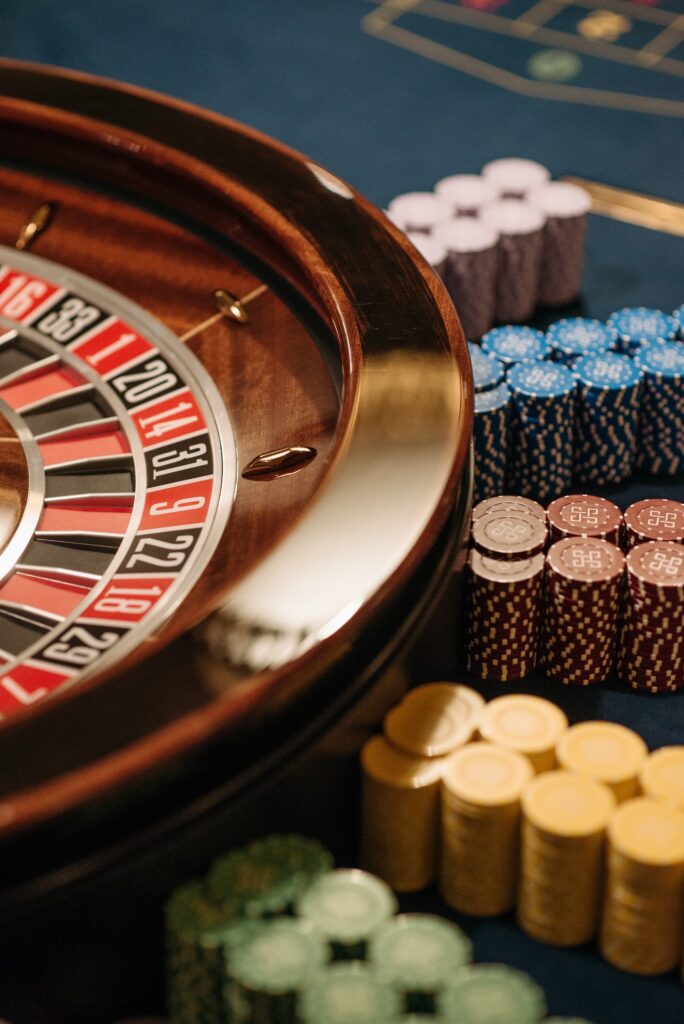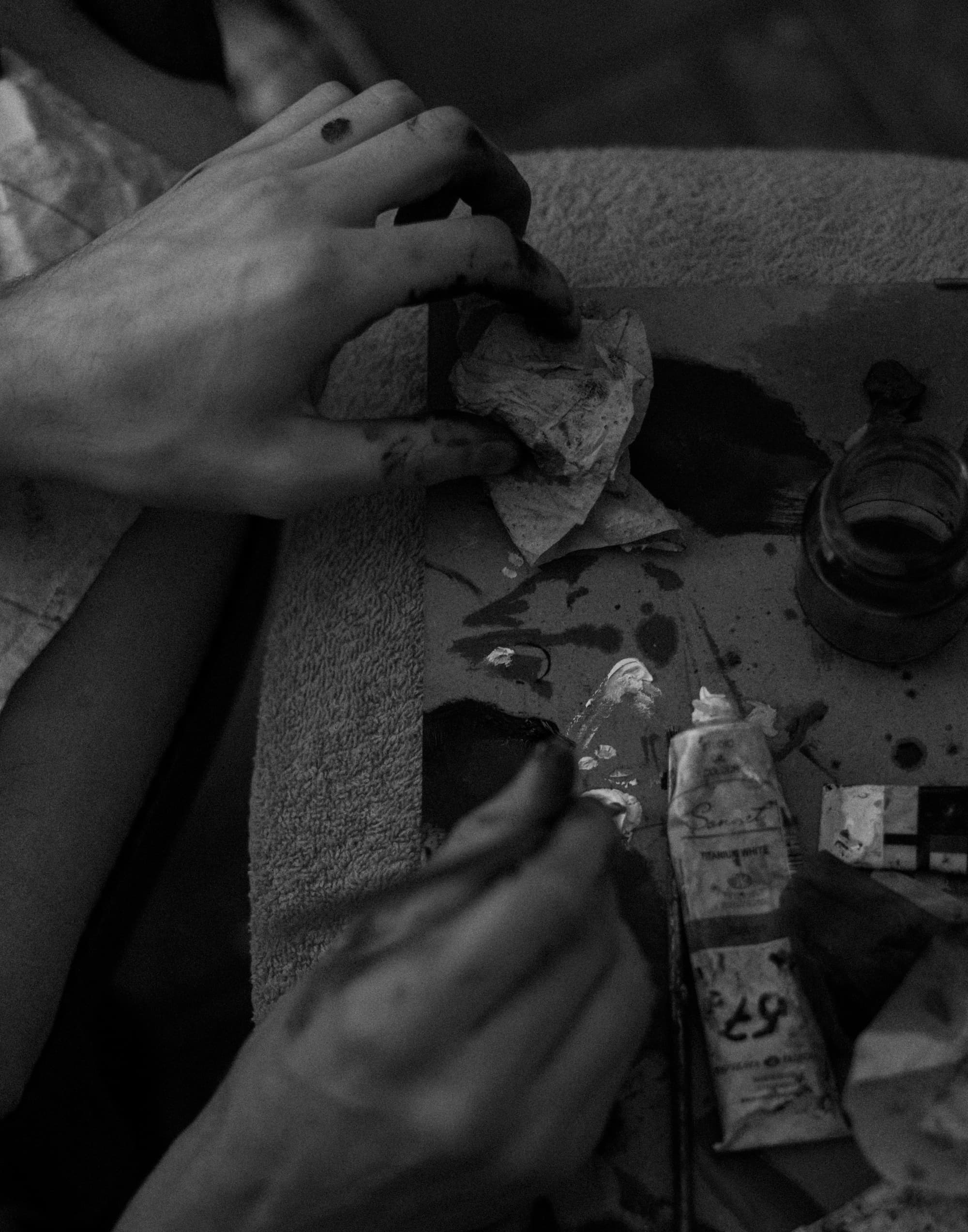When considering a career in the arts, aspiring artists face the crucial decision of choosing the right educational institution to nurture their talent and prepare them for the challenges ahead. Among the numerous options available, both private and public art schools have their unique set of advantages and drawbacks. Making an informed decision requires a thorough understanding of the differences between these two types of institutions, as well as considering individual preferences and goals.
In this article, we will explore the key differences between private and public art schools, discuss the pros and cons of each, and examine how live online casinos are partnering with these institutions to create unique opportunities for students and alumni.

Private Art Schools: Advantages and Disadvantages
Advantages:
Prestige and Reputation: Many of the world’s most prestigious art schools are private institutions, such as the Rhode Island School of Design (RISD) and Parsons School of Design. These schools often have long histories, established connections within the art world, and notable alumni, which can provide a valuable network for students during and after their studies.
Smaller Class Sizes: Private art schools typically have smaller class sizes, allowing for more personalized attention from instructors and fostering close-knit communities among students. This can lead to a more immersive and supportive learning environment, helping students develop their artistic skills and vision.
Specialized Curriculum: Private art schools often offer a more specialized and focused curriculum tailored to a student’s specific area of interest. This can result in a more in-depth and intensive learning experience, helping students to hone their skills and better prepare for a career in their chosen field.
Disadvantages:
Cost: One of the most significant drawbacks of private art schools is the cost. Tuition fees can be substantially higher than those at public institutions, potentially resulting in significant student loan debt for those who cannot secure scholarships or financial aid.
Limited Availability: Private art schools may have limited enrollment capacities, making them more competitive and harder to get into. This may result in some students being unable to attend their preferred institution due to space constraints.
Public Art Schools: Advantages and Disadvantages
Advantages:
Affordability: Public art schools are generally more affordable than their private counterparts, with lower tuition fees and a range of financial aid options available. This can make them a more accessible option for aspiring artists from diverse economic backgrounds.
Broader Curriculum: Public art schools often offer a wider range of courses and disciplines, allowing students to explore various artistic fields before deciding on their area of specialization. This can provide a more well-rounded education, equipping students with a diverse skill set and a broader understanding of the art world.
Larger Network: Public art schools are often part of larger university systems, providing students with access to a broader range of resources, facilities, and networking opportunities. This can help students to make connections beyond the art world and potentially open doors to interdisciplinary collaborations and career opportunities.
Disadvantages:
Larger Class Sizes: Public art schools typically have larger class sizes, which can result in less personalized attention from instructors and a more impersonal learning environment. This may not be ideal for students who thrive in smaller, more intimate settings.
Less Prestigious: While there are certainly many excellent public art schools, they may not carry the same prestige or reputation as some of the world’s top private institutions. This can potentially impact a graduate’s ability to secure competitive internships, residencies, or job opportunities.
Live Online Casino Collaborations: Opportunities for Both Private and Public Art Schools
As the popularity of live online casinos continues to grow, these gaming platforms are increasingly partnering with art schools to create visually engaging and immersive experiences for their patrons. These collaborations offer unique opportunities for students and alumni from both private and public art schools.
Showcasing Talent: Live online casinos are eager to incorporate innovative artwork and designs into their gaming environments, providing a platform for emerging artists to showcase their talents. These collaborations can offer valuable exposure and help artists build their portfolios, regardless of whether they attend a private or public institution.
Real-World Experience: By working with live online casinos, students can gain hands-on experience in the creative industries and develop a better understanding of how their artistic skills can be applied in various settings. This experience can prove invaluable when transitioning from academia to the professional world.
Financial Support: In many cases, live online casinos offer financial support to the art schools they partner with, helping to fund scholarships, facilities, and exhibitions. This can benefit both private and public institutions, making art education more accessible to a diverse range of students.
When choosing between private and public art schools, aspiring artists must carefully consider their individual preferences, goals, and financial circumstances. While private art schools often boast prestigious reputations, smaller class sizes, and specialized curricula, they can also come with higher costs and limited availability. Public art schools, on the other hand, tend to be more affordable and offer a broader curriculum, but may have larger class sizes and lack the same level of prestige.
Regardless of the type of institution chosen, collaborations between art schools and live online casinos are creating new and exciting opportunities for students and alumni alike. These partnerships not only showcase the talents of emerging artists but also provide valuable real-world experience and financial support for art education.
Ultimately, the decision between a private or public art school should be based on the individual needs and aspirations of the artist. By conducting thorough research and considering all available options, aspiring artists can find the educational institution that best supports their creative journey and sets them on the path to success in the art world.
